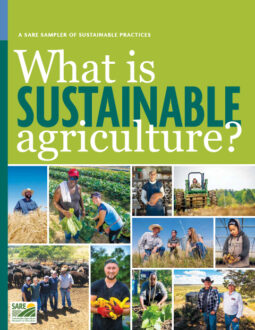Promoting animal health and welfare can not only improve animal productivity and lower costs, but there’s also increasing consumer demand for animal products raised in this manner. Some ways to do this include adequate access to both shelter and high-quality pasture, a low-stress environment, good sanitation practices, managed grazing, balanced nutrition that includes vitamins and supplements, appropriate vaccines, and selection of livestock breeds with characteristics that suit your climate and geography.
Sustainable Grazing and Pasture Management
“Sustainable Grazing and Pasture Management,” the sixth video in SARE’s “What is Sustainable Agriculture?” series shows how farmers can improve soil health and plant vigor by focusing on the health of their pastures and rangelands. This simple animation is a great introduction to the basic principles of sustainable livestock management and is intended to complement more detailed training materials.
Sampler of Projects
Using Lung Scanning Technology to Identify Respiratory Illnesses
SARE project FNC20-1252
Bovine respiratory disease (BRD) is the second leading cause of illness in dairy calves. Animals that suffer from it go on to experience many negative effects, such as lower milk production and higher mortality rates, that can cost a producer up to $245 per heifer, according to one study. Farmers typically screen for BRD through a visual assessment, which can easily result in a misdiagnosis. Using a SARE Farmer/Rancher grant, Tabitha Steckler Hurst of Hunley Creek Heifer Farm in southern Indiana set out to see if the same ultrasound technology used to scan cows for pregnancy could be used in a practical setting to scan lungs for illness. Collaborating with two other farmers, she lung scanned dairy calves at different ages to determine the best time to implement lung scanning. Hurst found that rather than identifying exact ages at which farmers should scan animals, it’s most efficient to scan once in order to treat ill animals and to scan another time in order to cull them.
Controlling Bacterial Mastitis with Hygiene and Screening
SARE projects FNE19-946 and FNE20-965
Katie Webb Clark and her husband Nate found themselves facing a potential disaster when they discovered an outbreak of mastitis caused by a highly contagious bacterial infection among their Windsor, Maine, dairy herd in 2018. The primary treatment tool, antibiotics, was unavailable to them because their farm is organic, and with over a third of their small, 33-head herd affected, immediate culling would have ruined them financially. So, working with a technical advisor, the Clarks used a SARE Farmer grant to test if preventive and screening practices could limit the spread of the bacteria and protect milk quality. By adopting rigorous hygiene protocols at milking, they managed to prevent the further spread of mastitis and could cull infected animals at an economically feasible pace. At the same time, regular milk screening allowed them to isolate milk from cows experiencing health issues, thereby safeguarding their milk quality premiums.
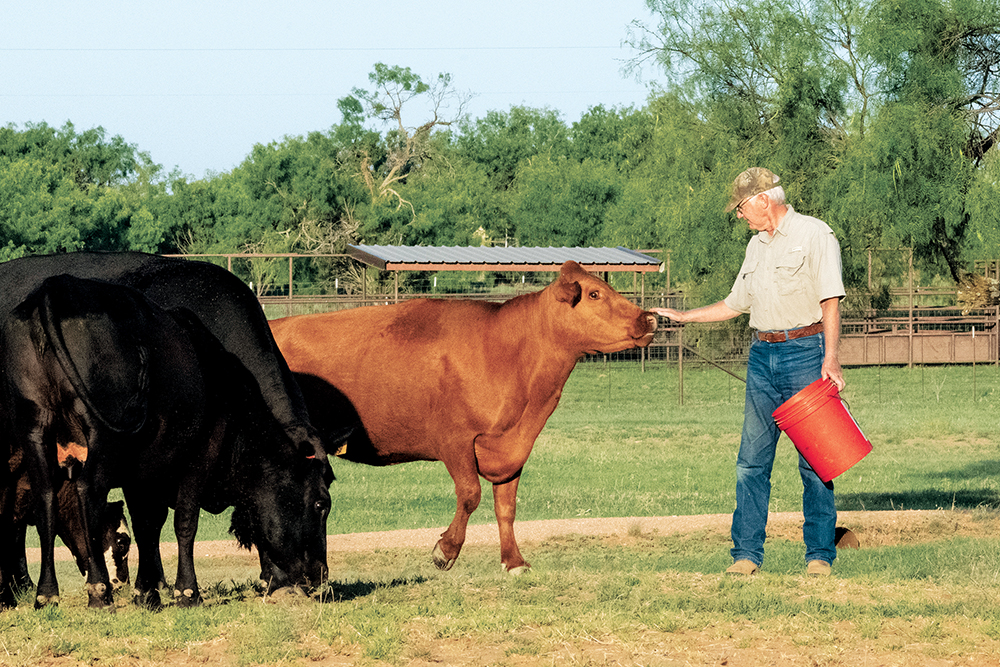
Assessing the Animal Health Benefits of Silvopasture Systems
SARE project GS19-202
Heat stress can have a major impact on the health and welfare of grazing animals, which in turn can result in significant economic losses for producers. Silvopasture systems reduce animals’ exposure to heat and can improve both their stress levels and productivity because they allow livestock to graze among trees. While weight gain is typically used as a key measure of animals’ health and wellbeing, Virginia Tech graduate student Sanjok Poudel wanted to take a different approach to comparing stress levels in different grazing systems. Using a SARE Graduate Student grant, Poudul compared open-field grazing and silvopasture systems for sheep by measuring cortisol levels, since prolonged periods of stress are linked to higher cortisol levels. He also monitored body temperature and sheep behavior. In the end, he found that sheep in the open pasture system had higher cortisol levels and body temperatures. They also spent more time standing—considered a cooling-off strategy—than the sheep in the shade, which spent more time lying down (a sign of contentment).
Reducing Goat Predation and Improving Rangeland Ecosystems
SARE project FW19-357
When Sydney Franz moved her goat ranch from Central Texas to Mora County, N.M., she quickly confronted the problem of increased animal losses to predation, to the extent that it was threatening the sustainability of her business. Central Texas had lower coyote and mountain lion populations, so the grazing management practices she had been using were suddenly inadequate to protect her herd. She and two other ranchers collaborated on a SARE Farmer/Rancher grant project to evaluate the effectiveness of improved herding techniques. Through the three-year project, the group was able to significantly reduce predation using a combination of herders, herd dogs and guard dogs. The presence of human herders deterred predators and allowed goats to be trained to stay together, especially kids. Even on days when no human herder was present, animal losses were minimal. Franz was able to reduce animal losses from 14% the year before the project, to a consistent 6–8% per year.
Animal Husbandry Resources
Information for farmers, ranchers, educators and researchers who are seeking to implement sustainable grazing and pasture management systems.
Stories from the Field
Here are some of the ways SARE grantees are advancing sustainable grazing and pasture management.
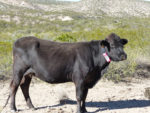
Grazing Cattle and Seeding Perennials to Restore Degraded Rangelands
" "The knowledge gained with our research and education activities is providing ranchers low-cost and environmentally sound tools to reduce medusahead invasions and enhance ecosystem services." Juan Villalba, Utah State University " THE CHALLENGE Frequent fires and invasive weeds in the Channeled Scablands of eastern Washington are degrading rangelands and threatening the livelihoods of ranchers…
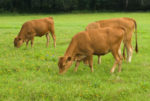
Profile: Achieving the Triple Bottom Line Through Holistic Planned Grazing
A large team of Northeastern educators created tools to help farmers use planned grazing systems to meet their economic, environmental and quality of life goals.
The post id 74076 does not exist on western.sare.org.
Resources and Learning
Browse all of SARE's resources on grazing and pasture management. Examples include:
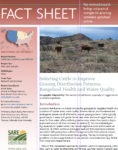
Selecting Cattle to Improve Grazing Distribution Patterns, Rangeland Health and Water Quality
This project is the first and only study that we are aware of that has evaluated whether grazing distribution has the potential to be improved through intensive breed selection. Most of the management approaches currently used to increase grazing uniformity, such as water developments and fencing, can resolve livestock grazing distribution problems on both private and public lands. However, these practices usually require large capital expenditures.
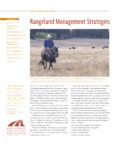
Rangeland Management Strategies
Features innovative SARE-funded research on creating and sustaining a healthy range.
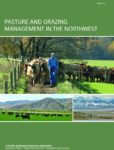
Pasture and Grazing Management in the Pacific Northwest
A book that provides knowledge of ecological processes involved in pasture growth and utilization and an understanding of how management influence those processes for good or bad.
